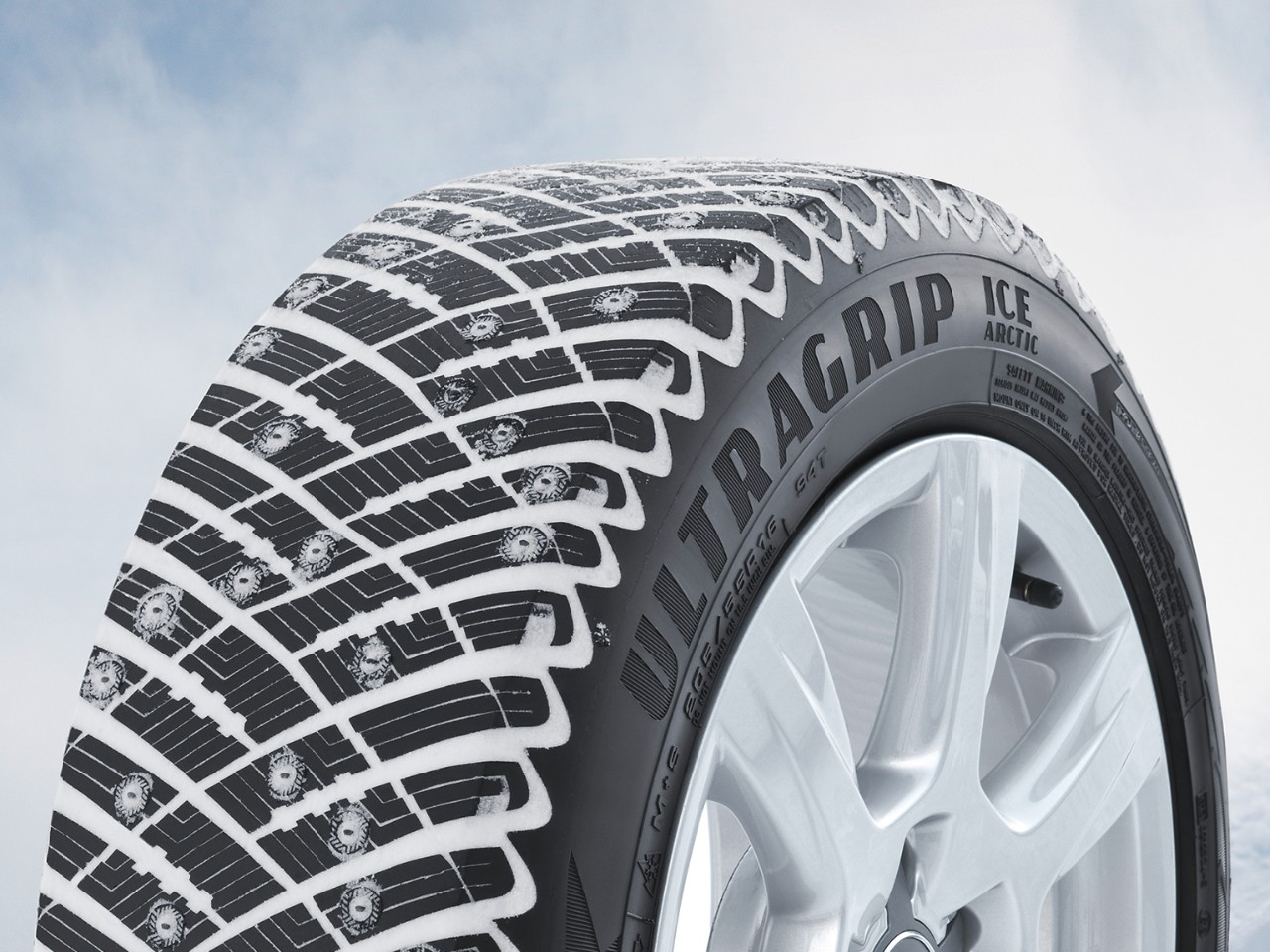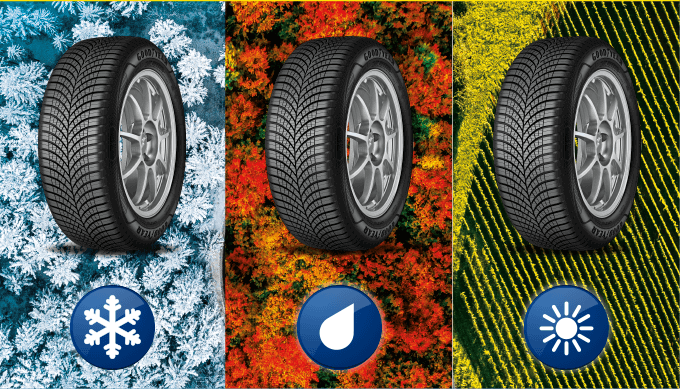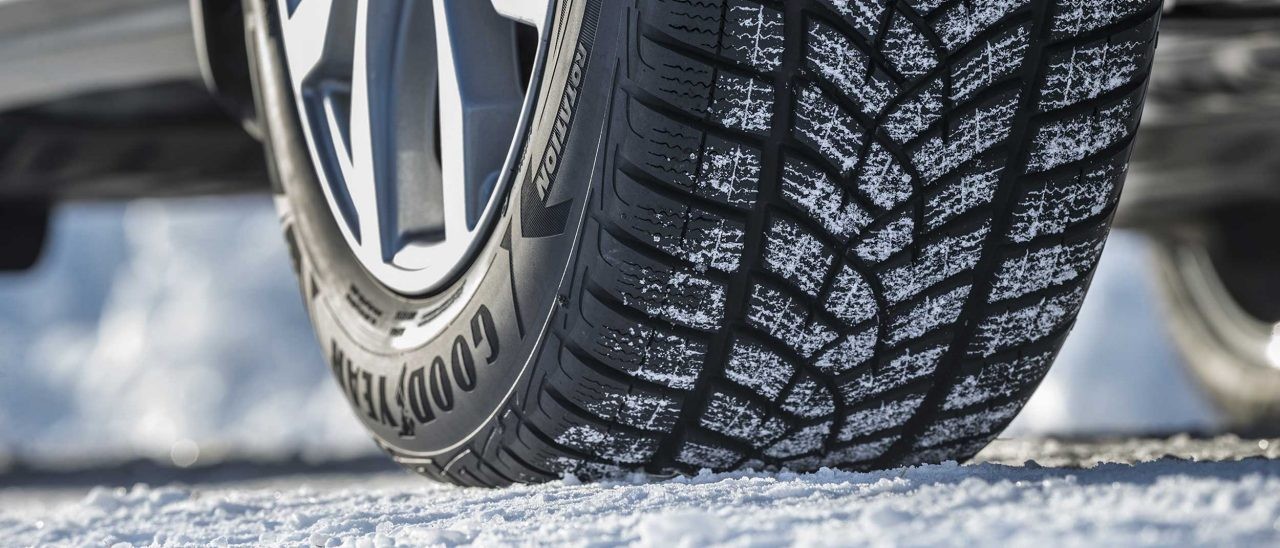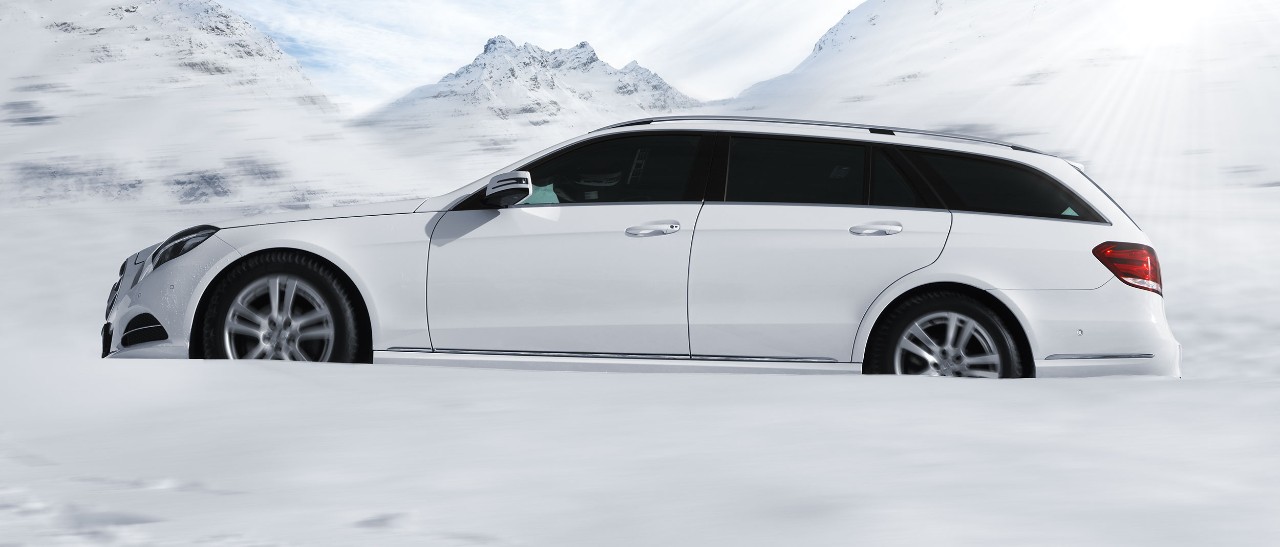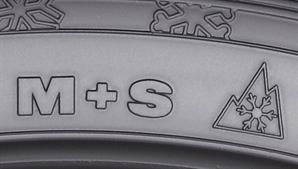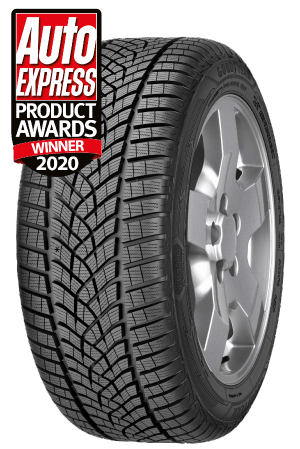You might be tempted to think that if winter tyres are the safer option in winter, then they must be worth keeping on your car all year round. However it is strongly recommended to use the correct tyres for each season for optimal safety and performance on the road.
As soon as spring comes around and temperatures start to rise above 7°C once more, it is recommended to change your tyres back to summer tyres. The softer rubber compound of winter tyres can wear out quickly in warm weather and the performance of the tyre will suffer in comparison to summer tyres.
If you’re looking for a tyre to use all year round, your best bet is to fit your car with All Season tyres.
All season tyres blend together the technologies summer and winter tyres to provide good performance all year round.








